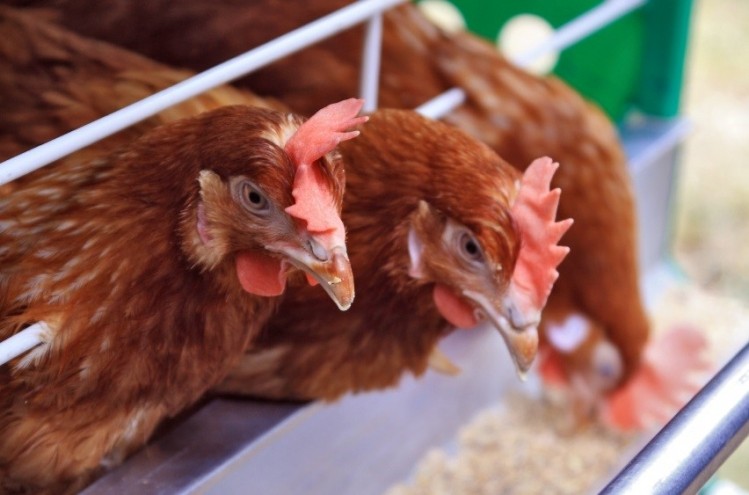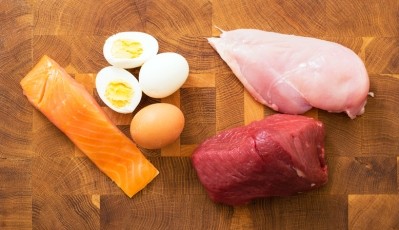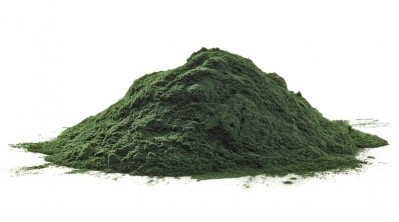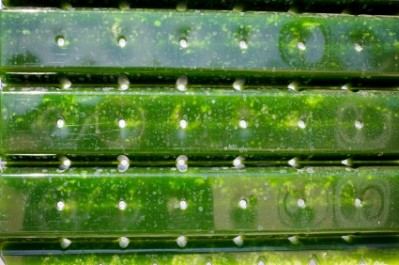Microalgae supplements show hen egg enrichment potential

Demand for omega-3 enriched eggs is increasing, and established routes to enrichment include adding flaxseed direct to the feed to boost the ALA omega-3 content, but hens are poor converters of ALA to the long chain omega-3s EPA and DHA. Adding fish oil to feed is an effective way of boosting EPA and DHA in the eggs but concerns over fish oil stocks is prompting scientists to seek alternatives.
Writing in Food Chemistry, scientists from KU Leuven Kulak in Belgium report that supplementing the diet of layers with select microalgae can boost not only the omega-3 content of the yolks, but also the carotenoids. In addition, the sterol content of the egg yolk was not affected.
“Several omega-3 rich autotrophic microalgae offer an alternative to current sources of n-3 LC-PUFA to increase the level of these fatty acids in the eggs,” they wrote. “However, the carotenoid enrichment should be taken into account since the colour shift of the egg yolk could decrease the consumers’ acceptability.”
Details
The Leuven-based scientists investigated the potential of four different microalgae, Phaeodactylum tricornutum (freeze dried biomass, SBAE, Belgium), Nannochloropsis oculata (freeze dried biomass, SBAE, Belgium), Isochrysis galbana (freeze dried biomass, Algaenergy, Spain), and Chlorella fusca (drum dried biomass, Ingrepro, The Netherlands), as supplements to the feed of laying hens for 28 days.
Results showed that all four microalgae influence omega-3 levels in the yolks, with the best results observed for Phaeodactylum and Isochrysis.
Nannochloropsis, which contains only EPA, was less effective for enrichment, with the researchers stating this was perhaps due to greater digestibility issues due to the cell wall, or the need to convert EPA to DHA by the hens. Chlorella was the least effective.
The data also showed that the transfer of fat-soluble carotenoids from the algae to the yolks also affected yolk color, particularly for Phaeodactylum, Isochrysis and Nannochloropsis.
“The transfer of carotenoids from the microalgae to the egg yolk provides an additional benefit for microalgal supplementation, next to the enrichment with n-3 LC-PUFA,” they wrote. “The high carotenoid content in the egg yolk may protect lipids, especially LC-PUFA, against oxidation due to their antioxidant properties.
“Nowadays, carotenoids are usually supplemented to the laying hens’ feed to obtain the preferred yolk colour, because animals do not have the ability to synthesise carotenoids by themselves. However, carotenoids are easily degraded by oxidation, so encapsulation of the carotenoids has been investigated to increase their stability. Supplementation of microalgae to the laying hens’ feed is a possible way of transferring carotenoids in an encapsulated form.
“But, it should certainly be taken into account that not always the desired yolk colour was obtained, especially due to the enrichment of the fucoxanthin derivatives.”
Source: Food Chemistry
Volume 141, Issue 4, 15 December 2013, Pages 4051-4059
“Impact of feed supplementation with different omega-3 rich microalgae species on enrichment of eggs of laying hens”
Authors: C. Lemahieu, C. Bruneel, R. Termote-Verhalle, K. Muylaert, J. Buyse, I. Foubert















